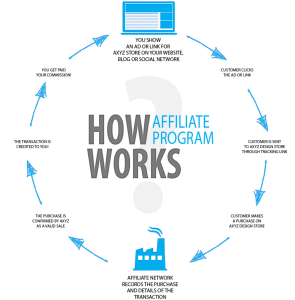From Microsoft’s “to empower every person and every organization on the planet to achieve more” to Disney’s “to entertain, inform and inspire people around the globe through the power of unparalleled storytelling…,” a mission statement is a true north for every brand, providing direction and purpose to daily activities. Yet, so many employees have no clue what the mission of their company actually is.
Gtmhub recently created the 2021 Mission Alignment Index (MAI) to assess the degree to which the employees of 200 of the world’s largest brands are clear about their corporate mission. The bad and sad news is that nearly one out of ever three companies are falling incredibly short at this critical function.
That is a lot of confused people.
Why a well-defined company mission is imperative
A clear company mission is essential for two reasons. First, you need a well-defined mission to determine the outcomes you want the organization to achieve. If you don’t know where you want to go, you’ll never figure out how to get there. Second, clarity around a mission gives employees a sense of purpose behind their work. Whether you’re a software engineer at Microsoft or a princess at Disney World, you want to know that what you’re doing is making a difference. You can meet both of these needs by making sure employees deeply understand the company mission.
How to align your employees with your mission
Adopting the objectives and key results (OKRs) methodology is a proven path toward organizational alignment. Leadership must create a framework that ensures the strategy is effectively communicated to each and every employee, and one of the many benefits of OKRs technology is the ability to share the mission and vision widely throughout the organization. Now, that Disney princess knows why she needs to have that always-on smile and that software engineer knows why she needs to have that next feature iteration ready to go by a specific date.
By enabling a clear “language of strategy,” the collaborative communication that OKRs unlock is critical for true alignment. The mission and vision will never simply trickle down from management. It must be well-known to everyone in the company, woven into the fabric of the organization’s culture and reinforced across teams, functions, divisions and geographies. And, in our increasingly diverse professional environment, the mission must cut through language and cultural barriers by using numbers to replace words and nuance. Instead of “achieve more,” try “obtain 30% market share.”
How leaders can measure growth toward mission objectives
OKRs outline aspirational objectives and quantitative key results at every level of the organization — from the business itself, down to teams and individuals. Now success is not just defined, it is measurable. Leaders can assess how employees are performing (for better or for worse) and focus their attention accordingly. Leadership can also see — in real-time — how the organization as a whole is progressing toward achieving mission outcomes and course-correct before it’s too late.
While developing an alignment strategy is tough, aligning an entire organization to the strategy is tougher. But consider how many employees are muddling through work where strategy and execution don’t align. That translates to stifled productivity, low morale and excessive uncertainty.
Investing in thoughtful alignment strategy and execution is critical for the modern organization. Ultimately, if your people are aligned with your mission, they feel a better purpose and connection to the work they’re doing and allow you to better meet your desired business outcomes. As a leader, it’s your responsibility to foster that alignment throughout your organization.
Business & Finance Articles on Business 2 Community
(43)





